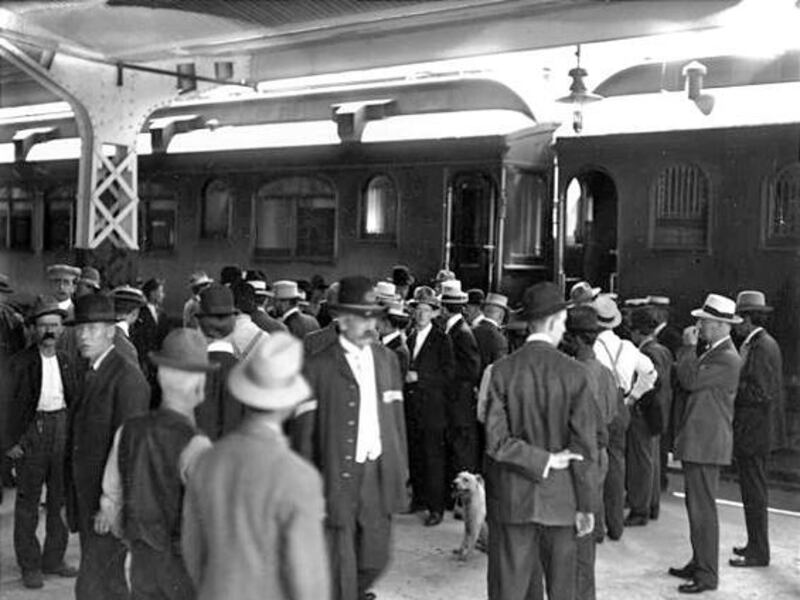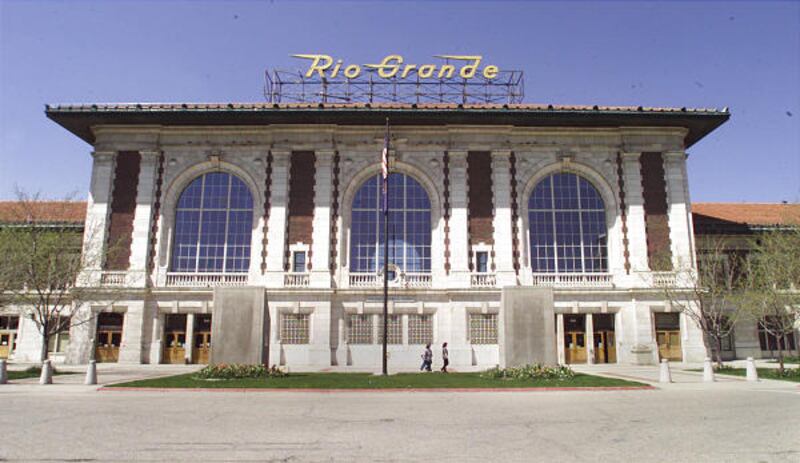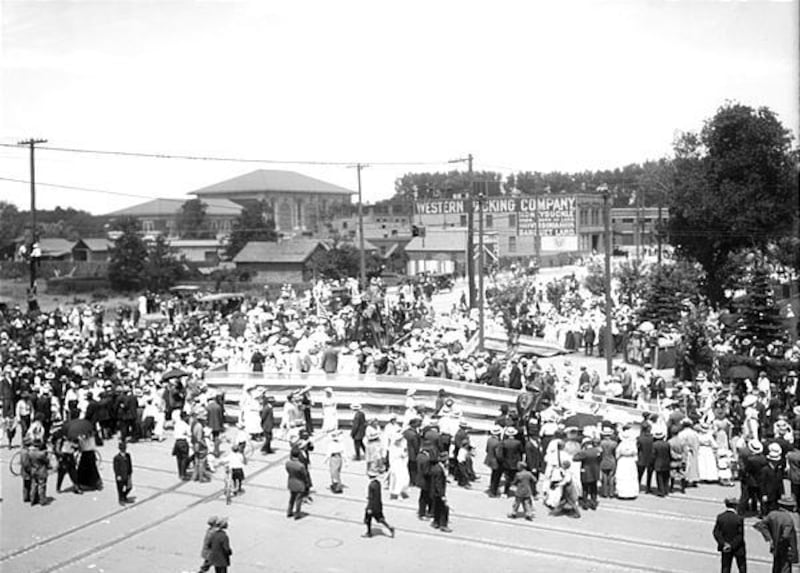In the early decades of the last century, before jetliners and automobiles replaced rail travel as the preferred means of transportation, the Rio Grande Depot was a hub for travel in Utah.
Built in 1910 at a cost of $750,000, the depot was the pride of the Denver and Rio Grande Western Railroad, and designed to outshine the Union Pacific Depot completed a year earlier, three blocks to the north, for $300,000.
The two stations mirrored the fierce competition between two rail barons, D&RGW's George Gould and UP's E. H. Harriman.
In the end, Harriman won, as Gould squandered his family's fortune on a rail line from Salt Lake City to San Francisco to compete with Union Pacific. The line was completed, but the expense, $75 million, cost an empire.
The majestic depot, which turns 100 this year, has remained as one of Utah's historic and architectural gems. Located at 300 S. Rio Grande St. (450 West), the building now houses the Utah State Historical Society, for history lovers; the Rio Grande Cafe, for aficionados of Mexican cuisine; and is purported to be haunted, for those who are drawn to the supernatural.
Deseret News photographers were often drawn to the depot to record the comings and goings of the famous, as well as soldiers traveling to and from Salt Lake during two world wars. Photo researcher Ron Fox has culled the newspaper archives for many of these photographs, which can be seen now at the newspaper website, deseretnews.com.
The main Rio Grande line ran through Carbon County and Grand Junction, Colo., ending at Denver. Spurs ran to local mining areas and to Ogden — providing major competition for UP in the Intermountain West.
In a story in the Dec. 21, 1918, Deseret News, the depot welcomed Utah soldiers who were "returning home on every train and are being heartily welcomed by those engaged in canteen service. … It is expected every county in the state will be represented in the list arriving today. They are scheduled to reach the Denver & Rio Grande railroad station tonight."
In addition, hundreds of LDS missionaries left from Salt Lake City at the Rio Grande Depot, and returned there after two or two-and-a-half years of service.
The Rio Grande operated the train service for almost 70 years, but on May 29, 1979, the Rio Grande Zephyr took its final passenger run, the only non-Amtrak passenger train still operating in the United States at that time.
Deseret News reporter Rose Mary Petersen Budge, wrote about the final trip:
"Inside Salt lake's cavernous, dimly lighted Rio Grande Station, people are lining up to take a sentimental journey. Maybe the final one.
"Art Thornwall, a dyed-in-the-wool railroader who has been in the ticket office nearly 41 years, is busily charging passengers $39 each. That sum will take 'em to Denver through the snow-capped Rockies aboard the famous Rio Grande Zephyr, a rocking 'n' rolling trip that lasts from 7 a.m. to 9 p.m."
Two years before that final journey, the state had purchased the station, and designated it as a new home for the Utah State Historical Society. The society moved there in 1981.
And the ghost? Local legend says it involves a jilted woman who was hit by a train when she jumped onto the train tracks to retrieve a ring.
The Purple Lady purportedly makes her presence known in the women's restroom of the Rio Grande Cafe, and her footsteps supposedly have been heard by security guards in the station mezzanine.
e-mail: mhaddock@desnews.com

















